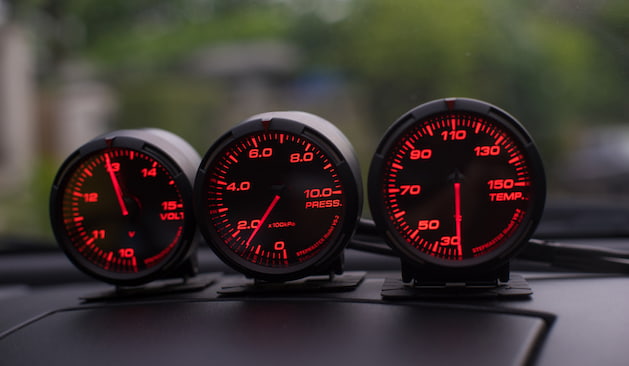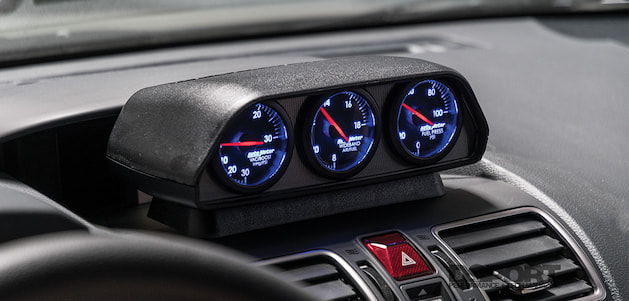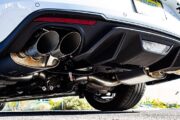Car gauges help keep track of the vehicle’s oil and temperature levels. The gauge itself usually consists of a circle with an indicator needle that moves across the screen depending on what temperature or oil level is being monitored. Most modern gauges also include small icons to indicate when the engine needs oil or coolant, or if there is too much pressure in one of those systems.
Car gauges are usually found on the dashboard of a vehicle and are controlled by a small electronic box called a sending unit. This unit feeds information from various sensors in the engine back to the gauge, which displays the information in a readable format. Most gauges only come with one indicator needle, but some older models may have had two or more – each of these would monitor different temperatures or oil levels. Newer vehicles usually feature digital aftermarket gauges for cars that display a variety of readings and can be programmed to show almost any type of information.
The Oil Pressure Gauge: What It Measures and Why it Matters
The oil pressure gauge is used to measure how much oil is circulated throughout the engine. It’s important to keep an eye on this gauge at all times, especially if you drive a lot or have a car that puts stress on its parts – such as high-performance vehicles. If there is too little oil in the engine, it can damage many of the moving parts and cause them to fail prematurely.

When you first start your car, the indicator needle will usually read low because there isn’t enough oil in the engine yet. This doesn’t mean that there isn’t enough oil in the car – it’s just taking a little while for the system to get up to full pressure. The gauge will usually reach its peak reading when the engine is running at normal temperatures and pressure levels, which makes it easy to see if there is an issue with your vehicle’s oil system.
The temperature of the engine also plays a big role in how much pressure there is throughout the system. If the engine is hot, then the oil will be thinner than usual and have less pressure. This is why it’s important to keep an eye on the gauge at all times – if you don’t, you may be driving with too little or too much oil in the engine and end up damaging some of its parts.
There are a few different types of oil pressure aftermarket gauges for cars that can be found in vehicles today. The most common ones include:
Mechanical Indicator Gauge
A mechanical indicator gauge uses a needle and a spring-loaded mechanism to measure how much oil is circulating through the engine. The needle is connected to a small rod that goes up and down as oil pumps through it, which makes it easy to see what pressure level is being maintained in the system. Mechanical indicator gauges are usually very cheap because they don’t have many features or capabilities. They are also fairly simple to fix if something breaks – all you need to do is replace the spring inside of it with a new one.

A mechanical indicator gauge uses a needle and a spring-loaded mechanism to measure how much oil is circulating through the engine. The needle is connected to a small rod that goes up and down as oil pumps through it, which makes it easy to see what pressure level is being maintained in the system. Mechanical indicator gauges are usually very cheap because they don’t have many features or capabilities. They are also fairly simple to fix if something breaks – all you need to do is replace the spring inside of it with a new one.
Electric Indicator Gauge
An electric indicator gauge uses an electric current to measure how much oil is circulating through the engine. The needle itself isn’t moving – it’s being held in place by a small magnet. As oil flows through this gauge, it activates a tiny motor that moves the needle up and down along its calibrated scale. This type of gauge is considered to be more accurate than a mechanical one because there are no springs or moving parts involved in its design. Electric indicators can also be programmed with multiple readings so they will display different pressures or temperatures on the screen at the same time.

An electric indicator gauge uses an electric current to measure how much oil is circulating through the engine. The needle itself isn’t moving – it’s being held in place by a small magnet. As oil flows through this gauge, it activates a tiny motor that moves the needle up and down along its calibrated scale. This type of gauge is considered to be more accurate than a mechanical one because there are no springs or moving parts involved in its design. Electric indicators can also be programmed with multiple readings so they will display different pressures or temperatures on the screen at the same time.


